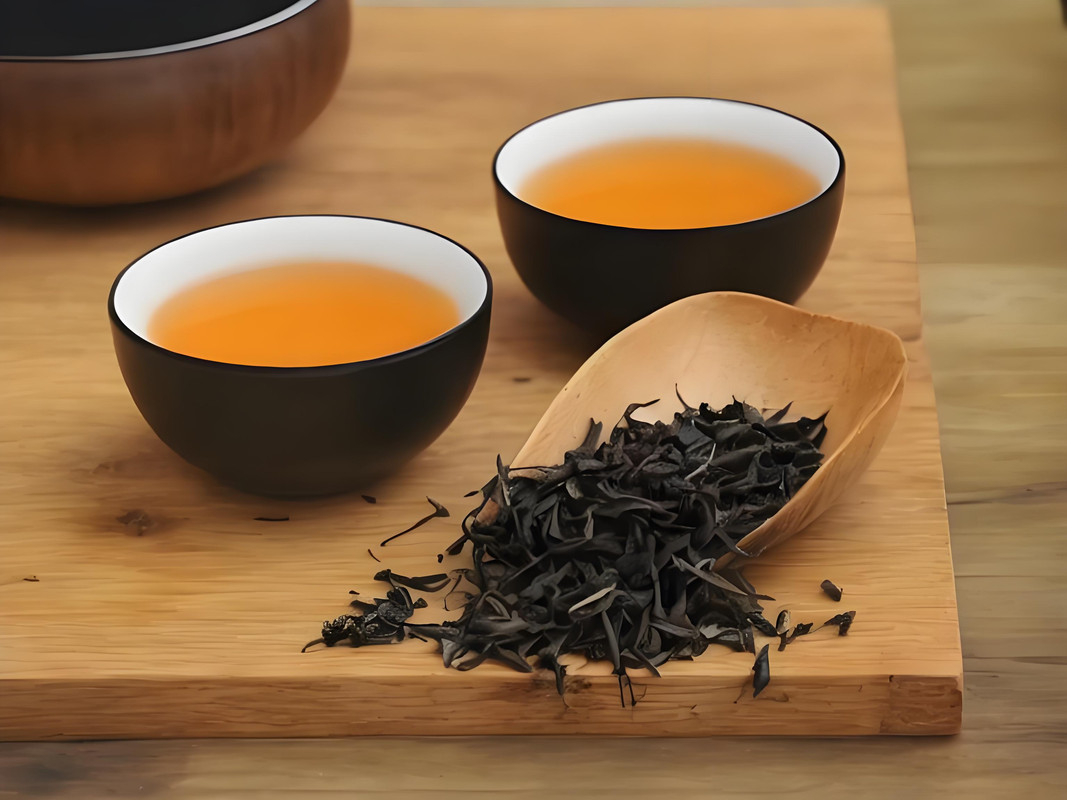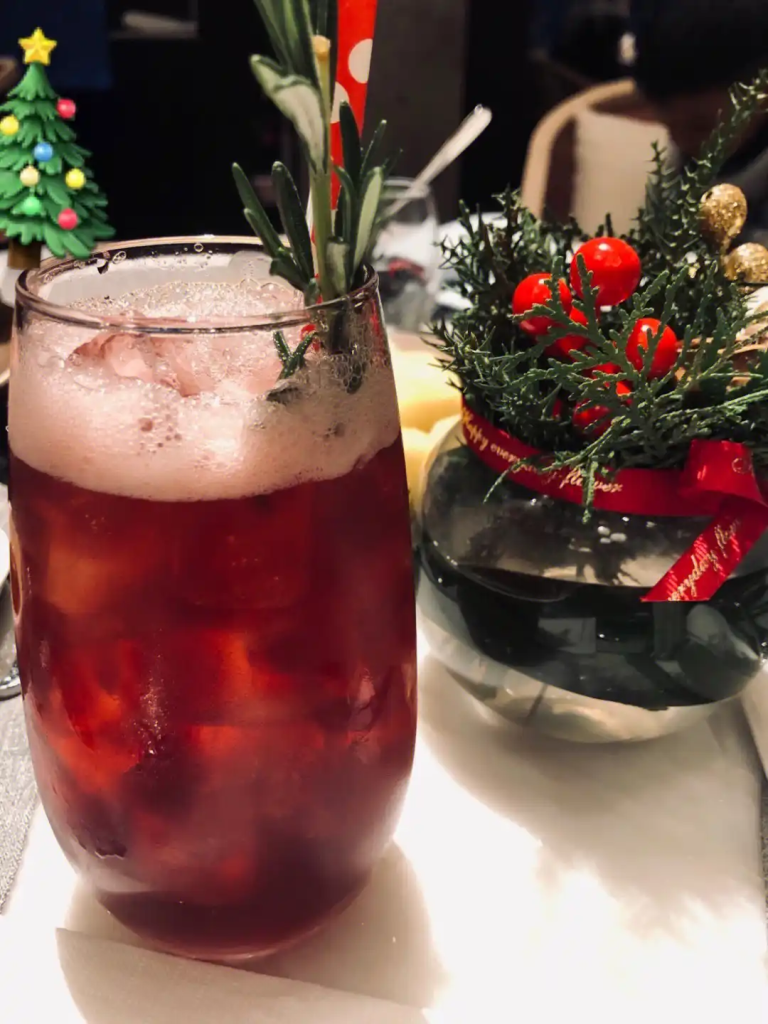The utilization of tea in ancient China evolved from medicinal and culinary practices to a sophisticated cultural symbol, intertwining with philosophy, art, social rituals, and political economy. Below is an exploration of its historical trajectory, cultural integration, and societal roles:

I. Historical Evolution: From Herbal Remedy to Cultural Icon
- Medicinal and Edible Origins (Shennong Era to Western Zhou Dynasty)
- Medicinal Discovery: Legend attributes the discovery of tea’s detoxifying properties to Shennong, the Divine Farmer, with records in Shennong’s Classic of Materia Medica highlighting its benefits for mental clarity and physical stamina.
- Culinary Applications: During the Zhou Dynasty, tea was consumed as a vegetable or blended with grains to create “tea porridge,” resembling a broth-like dish.
- Rise of Tea Drinking (Qin, Han to Tang Dynasties)
- Boiled Tea Method: The Qin Dynasty popularized tea as a boiled beverage, while the Han Dynasty’s Chengdu emerged as a tea trade hub, commercializing its consumption.
- Tang Dynasty Zenith: Lu Yu’s The Classic of Tea systematized tea studies, advocating the “virtue of simplicity” in tea spirit. Although spices were initially added, the Tang elite began to appreciate the pure flavor of tea leaves.
- Refinement and Diversification (Song, Yuan, Ming, and Qing Dynasties)
- Song Dynasty Whipped Tea: Tea cakes were ground into powder, whisked with hot water to create froth, and became central to “tea competitions.” Emperor Huizong’s Treatise on Tea elevated the aesthetic appreciation of tea.
- Ming Dynasty Simplification: Emperor Zhu Yuanzhang abolished tea cakes in favor of loose leaves, popularizing infusion methods. Purple clay teapots and lidded bowls became iconic, while six tea categories (green, yellow, black, white, oolong, and red) emerged.
II. Cultural Integration: Tea as a Nexus of Philosophy and Art
- Tea and Religion
- Chan (Zen) Buddhism: Monasteries adopted “tea halls” and rituals like “eating tea” to sustain alertness during meditation, epitomizing the “harmony of tea and Zen” philosophy.
- Daoist Influence: Daoists revered tea for its purported “lightness and transformation,” as noted in Tao Hongjing’s Miscellaneous Records.
- Tea in Literature and Art
- Poetry and Prose: Lu Tong’s Song of the Seven Bowls and Su Shi’s Ode to Brewing Tea used tea as a metaphor for spiritual transcendence.
- Visual Arts: Song Dynasty paintings like Emperor Huizong’s Assembly in the Garden Pavilion depicted tea gatherings, while calligraphy works like Su Shi’s Ode to Brewing Tea merged literary and artistic expression.
- Theatrical Performances: Traditional operas such as Wu Long Yuan (Peking Opera) featured tea as a narrative device, reflecting its role in daily life.
- Tea and Garden Aesthetics
- Classical Chinese gardens incorporated tea pavilions (e.g., the “Eighteen Camellia Flower Tea Room” in Suzhou’s Humble Administrator’s Garden), blending tea rituals with natural landscapes to embody Daoist “harmony between heaven and humanity.”
III. Societal Functions: From Ritual to Governance
- Social Mediator
- Hospitality Norms: Offering tea symbolized respect and camaraderie, as seen in Dream of the Red Chamber‘s depictions of tea-serving rituals.
- Marriage Customs: The Song Dynasty’s “Three Teas and Six Rites” formalized tea in betrothals, with “dowry tea” and “wedding tea” signifying fidelity.
- Political and Economic Instrument
- Tea-Horse Trade: The Song Dynasty established tea-for-horse exchanges to secure military resources, with annual transactions reaching tens of thousands of steeds.
- Fiscal Revenue: Tea taxes constituted a significant portion of state income, exemplified by the 4 million qian (coins) collected in 1077 CE.
- Class Distinctions
- Elite Exclusivity: Pre-Tang Dynasty tea was a luxury, with tributes like Huzhou’s “Purple Bamboo Shoot” reserved for imperial and aristocratic use.
- Democratization: By the Song Dynasty, tea became accessible to commoners, though rare varieties remained status symbols for elites.



